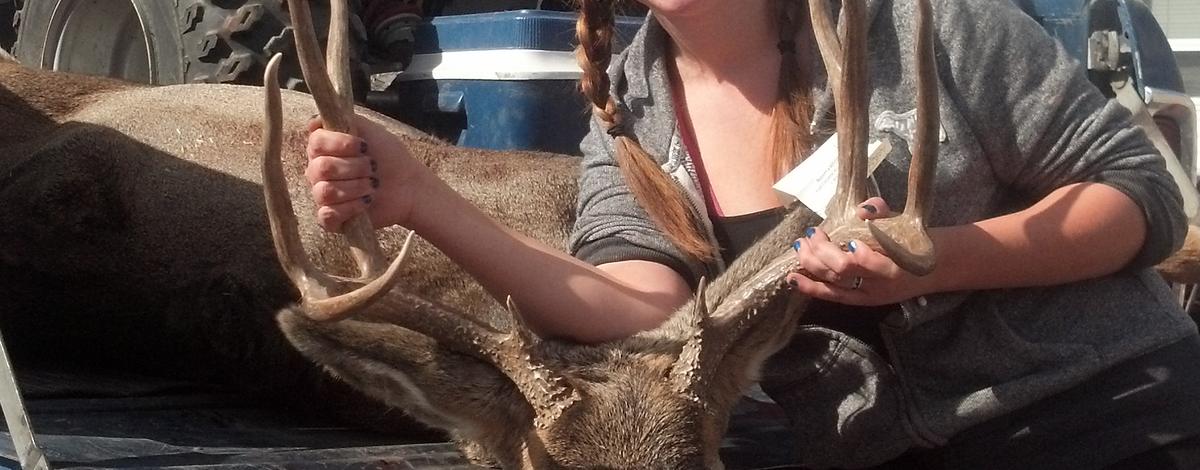Every year IDFG staff across the state operate big game check stations to collect data and communicate with our hunting public. This is a brief description of what IDFG biologists observed at big game checkstations across Southern and Eastern Idaho.
Magic Valley Regional Report (Jerome)
Prepared by Regan Berkley 11/13/12
In the Magic Valley Region, hunter success at opening-weekend check stations was higher than average. In general any-weapon hunts, hunter success averaged 18.3%. Success rates in controlled hunts was also higher than the long-term average. This year, hunter success in controlled hunts was 26.5%, while the average opening-weekend success rate is 21.2%. The highest success rates were observed in GMUs 43 (general hunt; success rate 21.2%) and 44 (controlled hunt; success rate 27.9%). We conducted a short opinion survey of 499 hunters at 6 opening-weekend check stations. Overall, 65% of Magic Valley deer hunters were satisfied or very satisfied with mule deer hunting in Idaho. 10% were dissatisfied or very dissatisfied, while 25% were neutral.
Southeast Region Report (Pocatello)
Prepared by Zach Lockyer 11/15/12
In general, hunters were pleased with their hunting experience this fall reporting increased numbers of mule deer observed as well as more frequent encounters with mature bucks (4+ points). Extremely mild winter conditions not only increased total survival of mule deer populations in the southeast region, but mule deer were able to enter spring and summer in excellent body condition which further favored their survival, fawning rates, and antler growth despite summer and early fall drought conditions. Although mule deer distribution during the month of October was not directly quantified, it is possible that dry conditions concentrated mule deer near sources of water and forage potentially increasing their susceptibility to hunter harvest.
Hunters in the southeast region were greeted with opening day temperatures extending into the 70’s and gradual cooling into the mid 40’s at the end of the two week general season. Overall, the number of hunters checked through the Port of Entry (POE) check station increased from 1,578 hunters in 2011 to 1,781 hunters in 2012, a 12.9% increase. Harvest of mule deer was significantly greater in 2012 with a total of 392 mule deer harvested compared to 182 total mule deer in 2011. Combined hunter success, including harvested elk (n = 23), was 23.3% which is up from the 13.2% recorded in 2011. Of the 392 mule deer harvested in 2012, 301 were antlered and of those, 32.9% were 4-points or larger. Yearlings comprised 46.8% of the mule deer harvest with an average weight of 104.9 lbs. Youth only antlerless harvest totaled 88 mule deer.
The winter of 2010/2011 was dramatically different than the 2011/2012 winter where colder temperatures and persisting snow late into the spring severely impacted mule deer populations. This impact was reflected in the 2011 harvest where fewer hunters experienced low overall success rates and expressed a poorer perception of their hunting experience. The stark differences between 2011 and 2012 illustrate the plasticity of both mule deer population dynamics and the hunting experience with varying weather conditions.
Upper Snake Region (Idaho Falls)
Prepared by Paul Atwood 11/15/12
Hunter success at Upper Snake check stations was 18%; up from 13% last year. We also saw an increase in the number of big bucks that came through the check station this year. There were fewer complaints this year, most of those were related to doe harvest by youth hunters and overcrowding. Weather was warmer than average.

